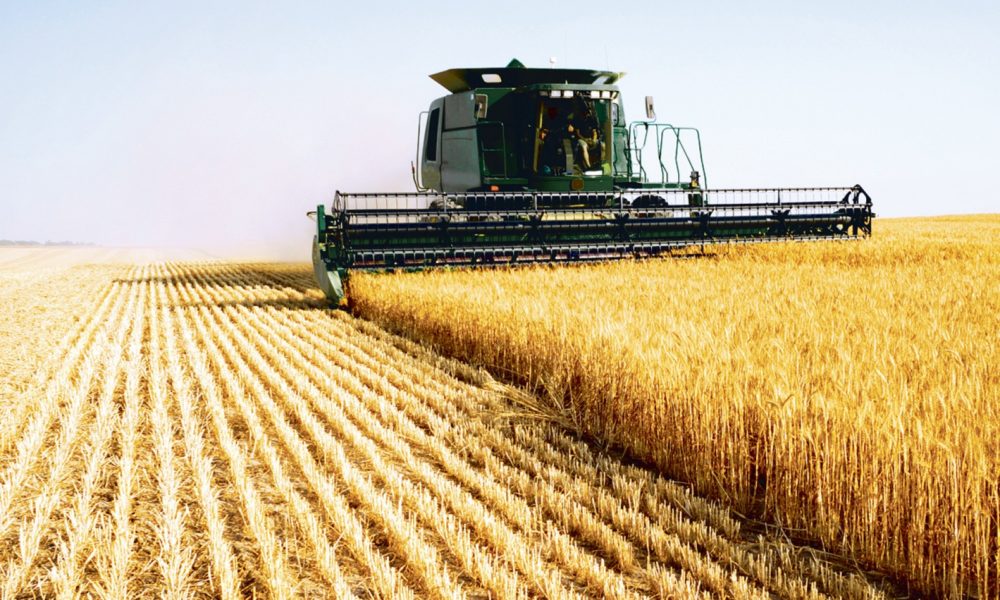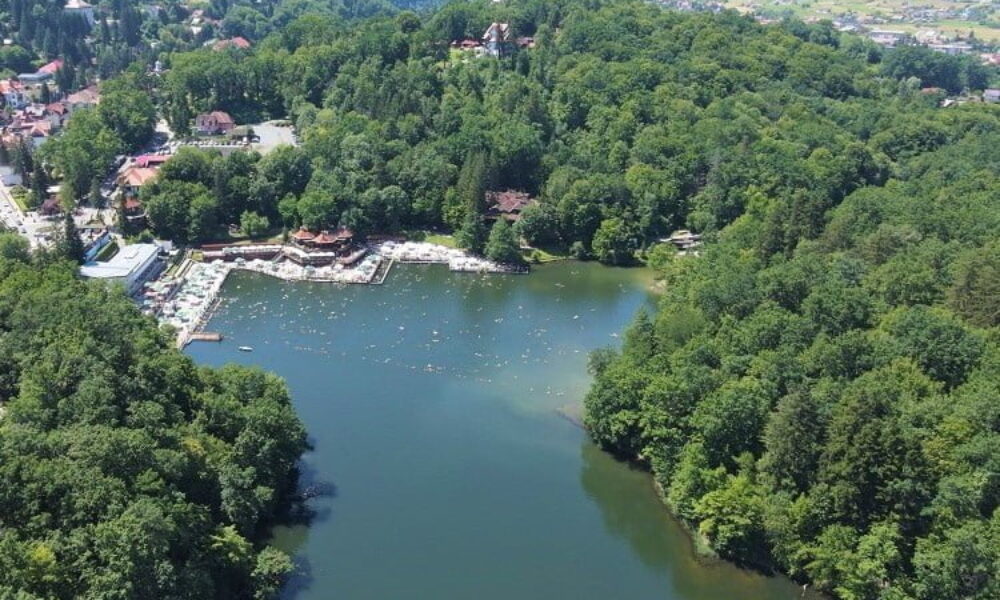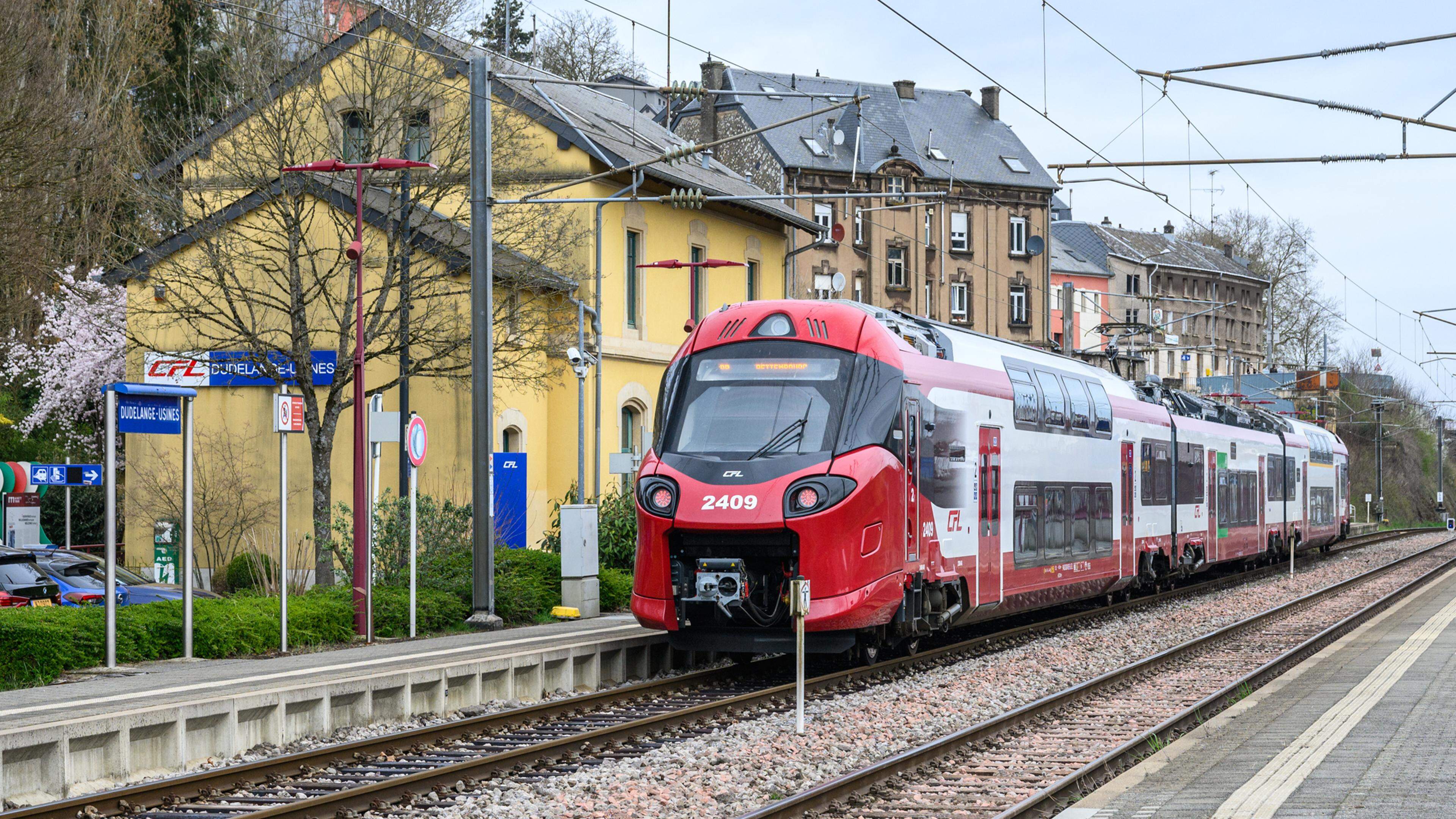Istanbul after the earthquake. Hagia Sofia is in danger

Many inhabitants of Istanbul spent last night in tents and parks, preparing for a potential larger earthquake after yesterday, 6.2, was followed by over 120 replicas.
For fear that the devastating earthquake of 7.8 degrees from 1999 was repeated, thousands of people lit fires to warm up, while the temperatures dropped below 10 ° C.
About 150 people were injured, most of them because of the fall during the earthquake, but no victims or collapsed buildings were reported. The locals described the earthquake as one of the most powerful in recent memory, increasing fears about a stronger event.
Hagia Sofia is in danger if earthquakes persist
Efthymis Lekkas, the president of the organization for the planning and protection of earthquakes in Greece, warned that the ongoing seismic activity could threaten Hagia Sofia.
Lekkas emphasized three scenarios for the 1,500 -kilometer Fall in Northern Anatolia:
The 6.2 earthquake was the main event, followed by the replies.
It could follow a larger earthquake, possibly with magnitude 7.
A series of around 30 earthquakes with magnitude 6 could gradually release energy.
The continuous activity in the third scenario could damage Hagia Sofia and up to one third of the older buildings in Istanbul, between the ages of 50 and 100, which are vulnerable to collapse.
The Marmara fault, part of the extremely active fault of Northern Anatolia, extends from eastern Turkey to the Aegean. A segment near Istanbul, uninterrupted for years, has now been active partially, but it remains a significant energy. Since 1939, this situation has caused seven earthquakes with a magnitude of 7 degrees, with countless lost lives, often due to jumping in buildings.
Warning on a earthquake over 7 degrees
Professor Naci Görür warned that it is possible an earthquake with magnitude 7 along the Kumburgaz Falt in the Marmara Sea. Posting X, he explained that recent telluric movements increase the pressure on the fault, but the « true earthquake » could be higher.
Görür urged the proactive training, emphasizing the collaboration between the government, municipalities and citizens. « Preparation for earthquake is not just for earthquakes. We have to act when it is quiet – building resistant cities, not just new structures, » he said. He emphasized the need for public vigilance and the application of safety measures.






:format(jpeg):fill(f8f8f8,true)/s3/static.nrc.nl/bvhw/wp-content/blogs.dir/114/files/2019/01/vos-marjoleine-de-online-homepage.png)